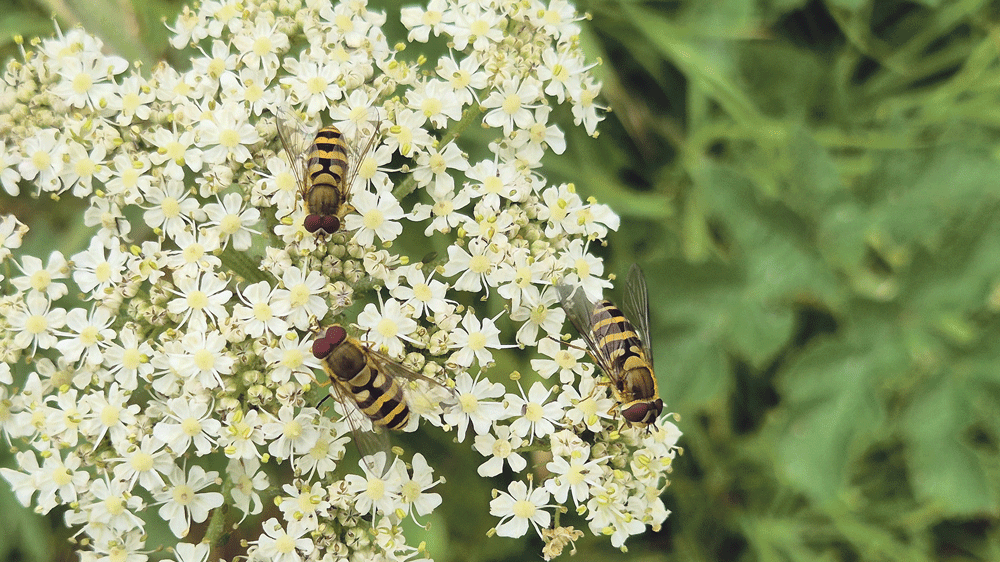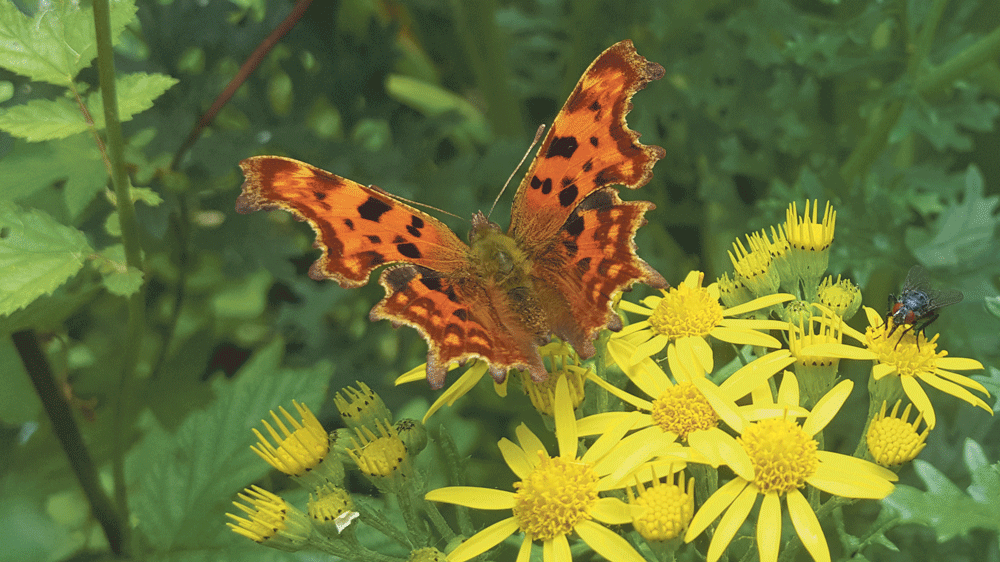

Nature on our doorsteps: Mixed benefits of warm weather
Rosaleen Dwyer is the County Heritage Officer at South Dublin County Council – every week she gives us an insight into the natural heritage around us and the beautiful biodiversity of the plants and creatures
The recent spell of very warm weather was welcomed by many people, even if some were glad that it did not last for very long.
In Ireland, temperatures in the high 20s are considered unusual, and while extreme heat can be a problem for many people, it also presents challenges in nature.
Many plants respond well to warmer temperatures, and as long as they have sufficient water and nutrients they will tend to grow faster.
Flowers will also develop and bloom better, and these will produce plenty of nectar to attract visiting insects who also like warm weather.
The problem begins when things get too hot, especially when it also remains very dry.
Plants growing in light shallow soils can quickly shrivel up in hot, drought conditions. Even on deeper soils, plants can wilt in strong sunshine.
This reduces feeding opportunities for the many insects that feed on the sap of plants.

The Comma Butterfly is expanding across Ireland as the climate warms up
Some flowers also stop producing nectar in extreme heat, cutting off vital food supplies for insects.
As these insects are prey for birds, natural food-chains can become affected.
Butterflies often appear more plentiful in dry sunny weather.
Butterflies are very sensitive to temperature and rainfall, and because some species can reproduce and mature very quickly, their numbers seem to respond quickly to prolonged sunshine.
They can also, unfortunately, be badly affected very quickly when weather conditions become less suitable, and numbers can rapidly drop back once again.
As the world’s climate is warming up, another way that species respond to increasing temperatures is to move to somewhere else that is more suitable for them.
The lovely Comma butterfly is one such species. It has expanded across the country since it was first spotted in Ireland approximately 20 years ago.
The caterpillar of this butterfly likes warmth, so it appears the increasing temperatures here are making conditions more suitable for this butterfly to thrive.
Of course, less welcome species may also arrive here if our climate continues to warm up, and unfortunately we may need to adapt to other species that sting or bite.

